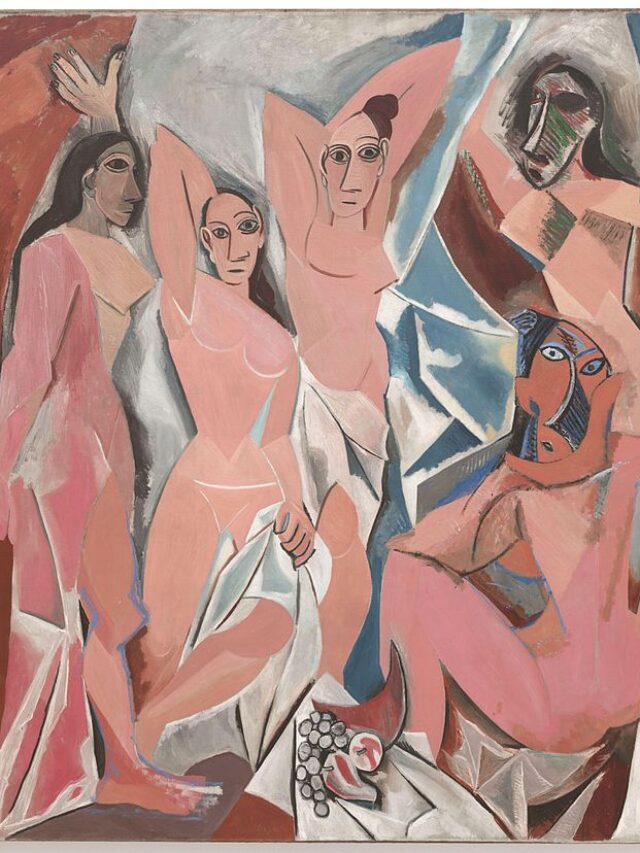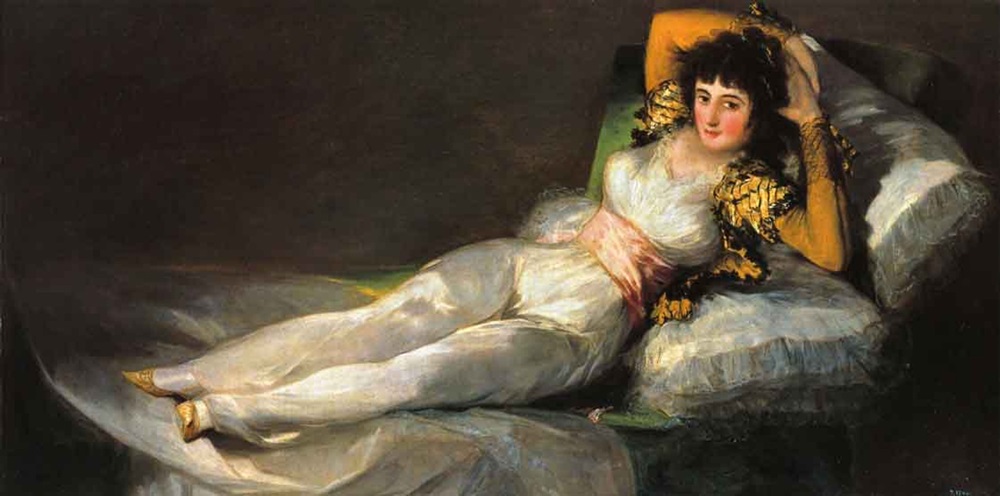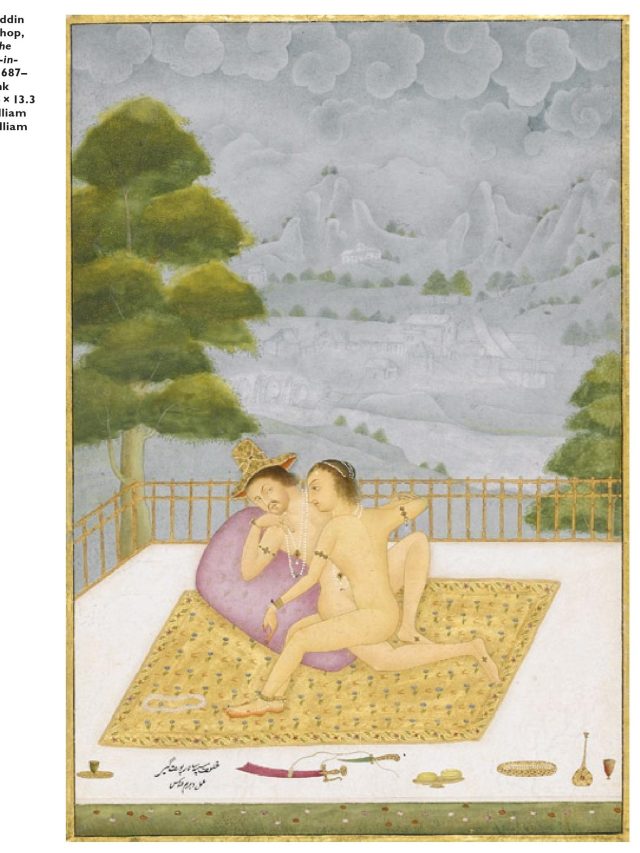What does sensual art entail? Are all sexually themed paintings considered erotic? What is the difference between erotic art and erotica? How are erotic and aesthetic experiences similar or dissimilar from one another, and can they coexist at all? Though sensually enticing, are humans and artwork the same thing regarding beauty? To what extent is the difference between the naked and the nude functional? Is it possible to distinguish between pornography and erotic art strictly? Thoughts of art being multifaceted and pornography being one-dimensional are common, but how distinct is that distinction?
Although pornography is frequently viewed as damaging, exploitative, and objectifying, how much is sexual art exempt from this kind of moral critique? This page will address these issues by summarising the philosophical discussions surrounding erotic art. Additionally, it will contextualise those discussions and, in the concluding section, examine several significant directions for further investigation.
Richard Posner suggests using the term ‘erotic’ to characterize ‘presentations and representations that are, or are considered by some viewers to be, in some sense “about” sexual behaviour’ in his book Sex and Reason. If one wants to arrive at a definition encompassing the extent of what we typically consider erotic art, this categorization needs to be narrowed down. First of all, scientific behavioural research and medical depictions of sexual activity (which are often neither erotic nor artistic) should not be included in an extensionally acceptable definition.
Moreover, we are not automatically dealing with an erotic representation of a painting or sculpture just because specific viewers interpret it as being about sexual behaviour. For example, a person who is not familiar with the biblical tale might interpret a painting of a crucifixion as a sadomasochistic act; yet, this would not be sufficient to classify, say, Tintoretto’s Crucifixion as sexual art.
Instead of claiming that erotic art is about sexual feelings or desires, one could say that erotic art elicits sexual feelings or desires. But this characterization would also be too broad. A pious Madonna and Child painting may elicit sexual feelings or desires in some people, but that in and of itself does not make it erotic art. The intention to be sexually stimulating appears crucial, as Jerrold Levinson acknowledges in his definition of erotic art as ‘art which aims to engage viewers sexually through explicit sexual content, and that succeeds, to some extent, in doing so’. But does erotic art need to be explicit? Take Nobuyoshi Araki’s famous close-up photograph of a woman’s eye, sometimes entitled The Look. The artist has tilted the picture 90 degrees to make it suggestive of female genitalia, thereby soliciting sensuous feelings and associations in the spectator. It is highly erotic, though it has no explicit sexual content, Hans Maes writes.
Failed erotic art is the opposite of sexually stimulating art; it is art that attempts to promote the sexual desires of its audience but is unable to do so. On the other hand, anti-erotic art aims to evoke in its viewers unfavourable sexual sensations, ideas, and fantasies. Lastly, it is essential to highlight the existence of covertly erotic art—that is, art created with the covert intention to stimulate its target audience sexually and that succeeds to some extent in doing so—because censorship and moral policing have frequently prevented artists from creating work that is openly erotic.
Historical Context of Erotic Art
Sensual, sexual, and romantic scenes are shown in erotic art, which is generally created to arouse erotic desire. This art form has been around for a long time and may be seen in various media, such as literature, film, painting, sculpture, and photography. In ancient Greece and Rome, erotic art was typical and frequently featured scenes from mythology as well as gods and goddesses. Notable examples are the Roman frescoes and Greek ceramics from Pompeii. Built between 950 and 1050 AD, the Khajuraho temples are renowned for their elaborate, sensual sculptures that honour the human form and sexuality. During the Edo period (1603–1868), shunga, a style of Japanese erotic art, gained popularity and frequently included graphic woodblock prints.

During the Renaissance, sensuality and other ancient themes came back into art. Artists such as Botticelli and Titian employed sensuality in their creations. Baroque paintings of sensual settings and nude bodies by artists such as Peter Paul Rubens also delved into erotic subjects. With the development of photography in the 19th century, artists like Édouard Manet could explore new avenues for sensual painting. A more open display of sexuality in art emerged in the 20th century as a result of the sexual revolution and shifting social standards. Artists with a reputation for sensuality include Pablo Picasso, Egon Schiele, and Gustav Klimt.
Artists use these conventional media to investigate the sensuality and beauty of the human figure. Texture, light, and shadow are all critical in expressing sensuality. A rich tradition of erotic literature may be found in everything from contemporary books like D.H. Lawrence’s “Lady Chatterley’s Lover” to ancient writings like the Kama Sutra. A more realistic portrayal of the human body was made possible with the invention of photography. Eroticism was introduced to the screen and printed media in the 20th century by photographers like Helmut Newton and filmmakers like Federico Fellini.
The internet and digital art have increased the accessibility and range of erotic art in the modern era, opening up new avenues for expression. Themes of intimacy, passion, and sexuality are explored in erotic art, which is a potent representation of human desire. It frequently pushes limits and ignites conversations about sexuality, censorship, and freedom of expression. It also often questions taboos and societal standards. Erotic art is praised for its artistic attributes, skill, and capacity to portray the beauty of the human form and its provocative aspect.
Japanese Erotic Art
The history of Japanese erotic art, or “shunga,” is extensive and complex. Although the Edo period (1603–1868) was the main period of success for this genre, its roots and effects go back far further. Shunga, literally meaning “spring pictures,” is renowned for its graphic portrayals of intimate and sexual encounters. Japan experienced a comparatively peaceful and stable period throughout the Edo period, which fostered the growth of the arts. Samurai and commoners alike created and consumed Shunga throughout this period. Not only did Shunga have obscene content, but it also had romantic, comical, and even educational elements, frequently paired with clever or poetic lines.
The 1863 painting “Olympia” by Édouard Manet is among art history’s most well-known and contentious pieces. It may not fit neatly into the category of “erotic art” in the conventional sense. Still, it does share aspects of the genre in terms of eroticism, sexuality, and social commentary. A naked woman is shown in “Olympia” lounging on a bed and staring straight at the observer. A black servant comes to see her and gives her a bouquet.
Pablo Picasso produced the important artwork “Les Demoiselles d’Avignon” in 1907. It is well known for its drastic deviation from conventional depiction, which catalyzed the emergence of cubism. Five nude female figures are shown in a brothel in the painting, which is based on a scene from Barcelona’s notorious prostitute district, Avignon Street. Aggressive portrayals of the women include some of them staring right at the audience. “Les Demoiselles d’Avignon” depicts raw, unidealized nudity. The characters’ stances and expressions subvert conventional ideas of beauty and sexiness, and they are shown with an aggressive sensuality.
In this dissertation, I want to address the issues of Roman morality, their infatuation with sensual art, and its application to daily Roman life. I’m curious why this artwork was positioned in the city’s public and private areas. We can grasp the personalities and lifestyles of the Roman residents of Pompeii by comprehending these inquiries. How is it acceptable to show pictures of men and women having sex in public baths to the general public, especially to families with small children? Did they feel morally guilty about displaying such art in the city’s public and private spaces? Such representations at bathhouses would be acted out in public spaces around the city.
This analysis addresses the issues of Roman morality, their infatuation with sensual art, and its application to daily Roman life; curious why this artwork was positioned in the city’s public and private areas. We can grasp the personalities and lifestyles of the Roman residents of Pompeii by comprehending these inquiries. How is it acceptable to show pictures of men and women having sex in public baths to the general public, especially to families with small children? Did they feel morally guilty about displaying such art in the city’s public and private spaces? Such representations at bathhouses would be acted out in public spaces around the city.
Most of the time, we imagine that acts of love are performed in the seclusion of our houses. Public demonstrations of affection towards one another, particularly in crowded public spaces, appear somewhat unethical. However, based on the representations found in a large portion of the erotic art and graffiti surrounding Pompeii, it seems that all forms of public sexual activity were common and widely tolerated in Roman society.
Love, Romance, and Portrayal of Women in Indian Miniature Paintings






